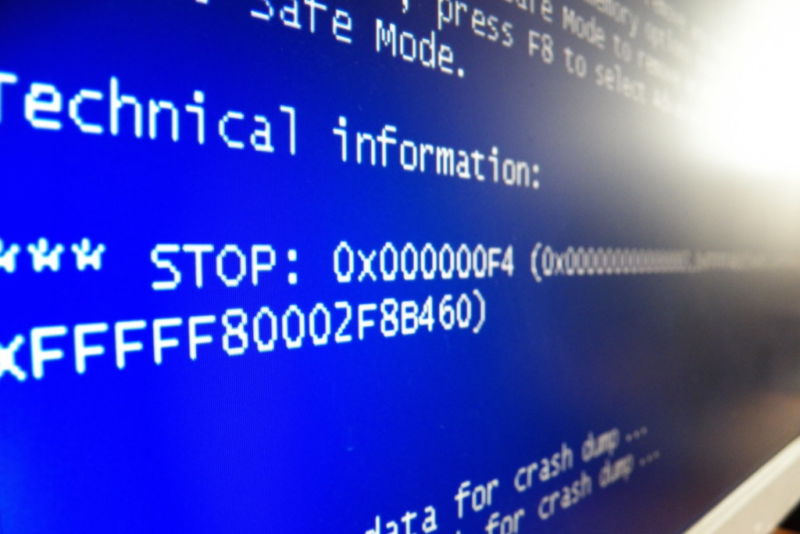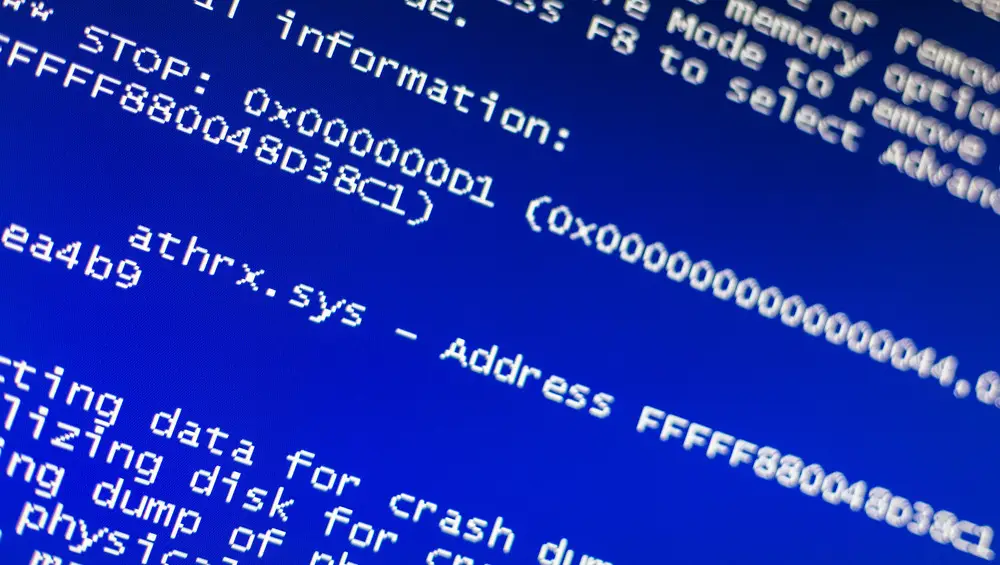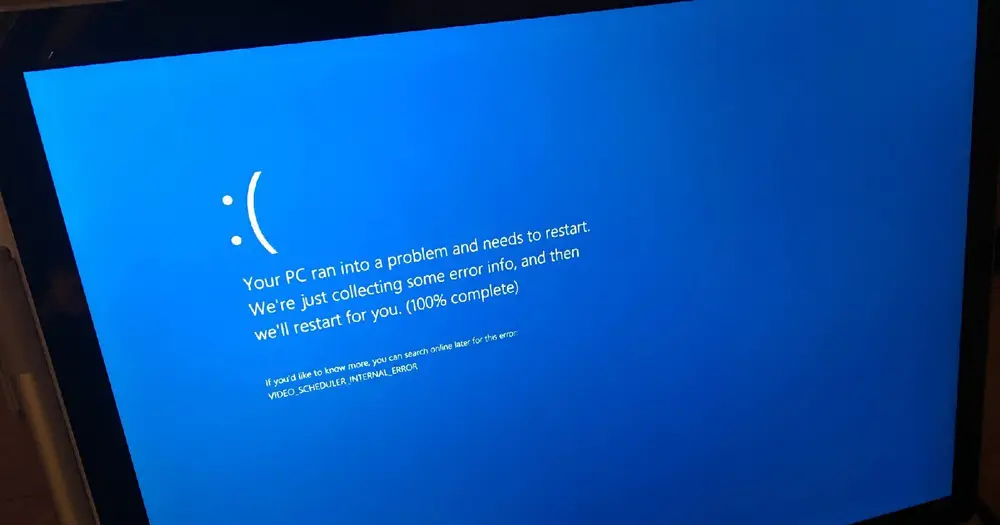-
 chevron_right
chevron_right
Linux distros are about to get a killer Windows feature: The Blue Screen of Death
news.movim.eu / ArsTechnica · Thursday, 7 December - 19:22 · 1 minute

Windows' infamous " Blue Screen of Death " is a bit of a punchline. People have made a hobby of spotting them out in the wild, and in some circles, they remain a byword for the supposed flakiness and instability of PCs. To this day, networked PCs in macOS are represented by beige CRT monitors displaying a BSOD.
But the BSOD is supposed to be a diagnostic tool, an informational screen that technicians can use to begin homing in on the problem that caused the crash in the first place; that old Windows' BSOD error codes were often so broad and vague as to be useless doesn't make the
idea
a bad one. Today,
version 255 of the Linux
systemd
project
honors that original intent by adding a
systemd-bsod
component that generates a full-screen display of some error messages when a Linux system crashes.
The
systemd-bsod
component is currently listed as "experimental" and "subject to change." But the functionality is simple: any logged error message that reaches the
LOG_EMERG
level will be displayed full-screen to allow people to take a photo or write it down. Phoronix
reports
that, as with BSODs in modern Windows, the Linux version will also generate a QR code to make it easier to look up information on your phone.




